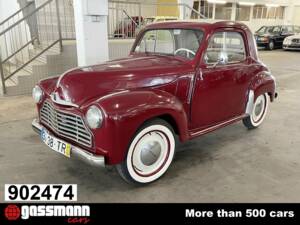SIMCA 5 Classic Cars for Sale
The SIMCA 5 embodies French automotive engineering of the 1930s and 40s. Developed as a local version of the FIAT Topolino, its compact size and economical engine made it a hit in its era. Today, classic car enthusiasts value the SIMCA 5 not just for its age, but for its unique place in French automotive history.
Search results
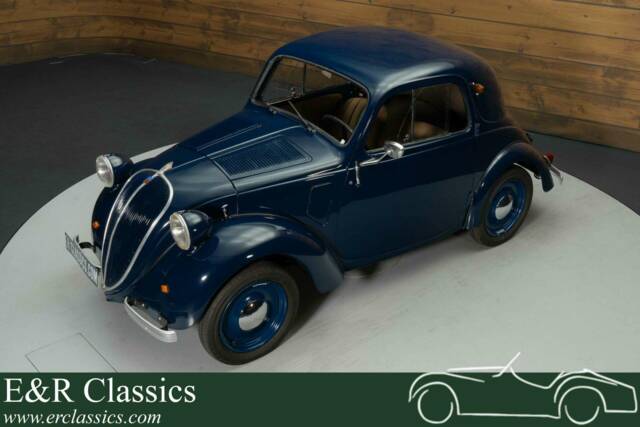
1937 | SIMCA Simca 5
Oldtimer Simca 5 | Goede Staat | Zeldzaam | 1937

1948 | SIMCA Simca 5
SIMCA 6
SIMCA 5 listing references from Classic Trader
Below you will find listings related to your search that are no longer available on Classic Trader. Use this information to gain insight into availability, value trends, and current pricing for a "SIMCA 5" to make a more informed purchasing decision.
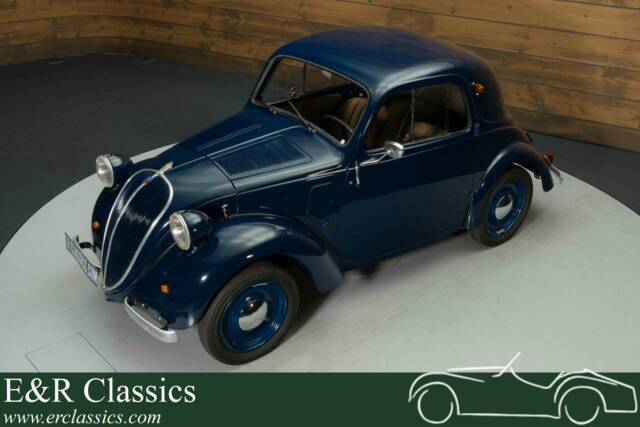
1937 | SIMCA Simca 5
Oldtimer Simca 5 | Goede Staat | Zeldzaam | 1937
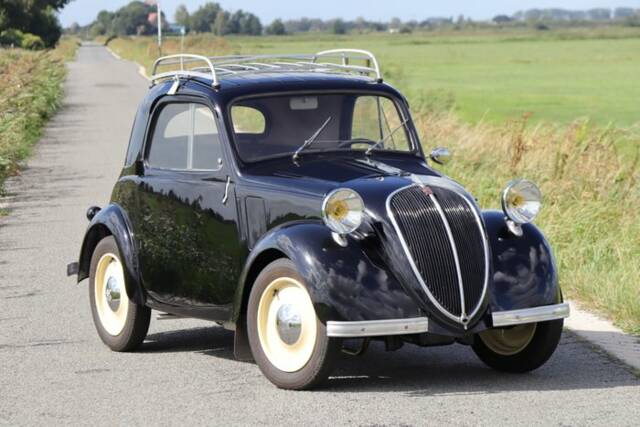
1938 | SIMCA Simca 5
Simca - 5 / Fiat Topolino - 1938
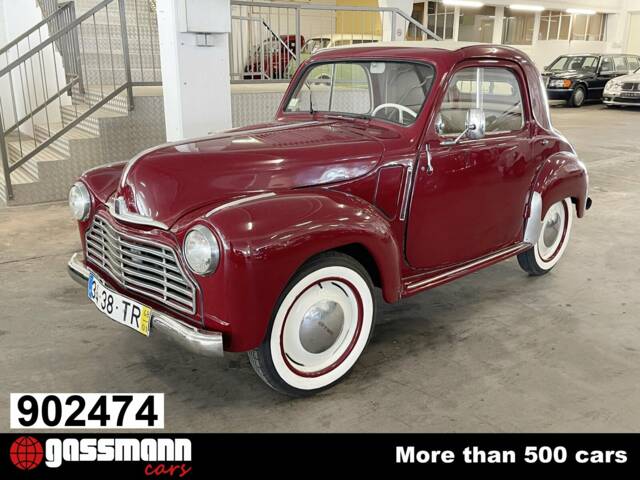
1948 | SIMCA Simca 5
SIMCA 6
History of the SIMCA 5
The SIMCA 5 originated from an agreement between FIAT and the French company SIMCA in the late 1930s. As import taxes made it difficult to bring Italian-built FIAT Topolinos to France, SIMCA secured a license to produce the car locally. Production began in 1936 and ran through World War II, with the SIMCA 5 gaining popularity thanks to its affordability, reliability, and suitability to narrow French roads. Its war-time production in France also makes it a symbol of resilience during a turbulent period.
Model History
The SIMCA 5 was directly derived from the first-generation FIAT Topolino. While the mechanicals and design were nearly identical, details such as badging and some trim parts were unique to the French market. After the SIMCA 5, the company moved to the SIMCA 6, which took the concept further with minor updates. No direct predecessor existed before the collaboration with FIAT; its successor, the SIMCA 6, inherited many of the 5's components while evolving the design and comfort features.
Highlights of the SIMCA 5
One key feature of the SIMCA 5 is its remarkable efficiency for its period, with a lightweight structure and 570 cc engine. The small engine delivers enough power for urban environments and short countryside trips. Thanks to its origins as a licensed FIAT design, spare parts are historically more accessible than for many French cars of the time. Moreover, surviving SIMCA 5s often retain well-preserved bodywork and interiors, thanks to attentive owners and enthusiasts. Manuals and period-correct publications for the model are still available, aiding restoration projects.
Technical Data
Special Editions and Collectible Models
No specific limited editions of the SIMCA 5 are broadly documented, but vehicles with original French documentation, period accessories, or in highly original condition are particularly sought after among collectors.
Weak Spots and Common Issues
Though robust for its era, the SIMCA 5 is susceptible to body corrosion, especially on unrestored vehicles. Regular checks of the underbody are essential, as are inspections of door sills and floor panels for signs of rust. Mechanical components, including brakes and steering, require periodic servicing but typically remain reliable when maintained. Interior fabrics and seat padding can age well if protected from moisture but may need reupholstering in neglected vehicles.
Engine and Performance, Transmission and Handling
The 570 cc engine offers adequate power for leisurely drives and keeps up with modern traffic on short journeys or in town. The manual gearbox shifts smoothly with regular maintenance, and the small size makes city driving manageable. Braking and steering were considered advanced for the time and become more dependable when restored. Overall, the SIMCA 5 delivers a surprisingly agile experience for a pre-war compact car. The single most represented SIMCA in the Classic Trader database is the SIMCA 5 itself, a testament to its ongoing relevance within the brand's classic model range.
Interior, Comfort, Exterior and Design
The SIMCA 5 boasts a minimalist and utilitarian design, aligning with pre-war automotive trends. Its compact two-door body was practical for narrow urban environments. Interiors typically feature simple seat and door upholstery, often in period-correct fabrics. Special French colours and original accessories—such as classic wheel covers, period-correct lighting, and authentic SIMCA badging—distinguish well-preserved vehicles. Most surviving examples display restrained yet charming French styling cues, including the understated dashboard and functional controls.
Other Relevant Features
Survivors occasionally come with annulled French documents, making registration in historic vehicle registers possible. Various period magazines and operational manuals are available, aiding restoration and maintenance efforts for dedicated enthusiasts.
Summary
The SIMCA 5 stands as a true representative of interwar French motoring. With its mix of Italian engineering, French production, and wartime history, it appeals to car enthusiasts and collectors alike. Vehicles in good, mostly original condition offer an authentic driving experience from the classic era. Demand and supply metrics suggest that the SIMCA 5 holds a unique position within the brand's historic portfolio.

